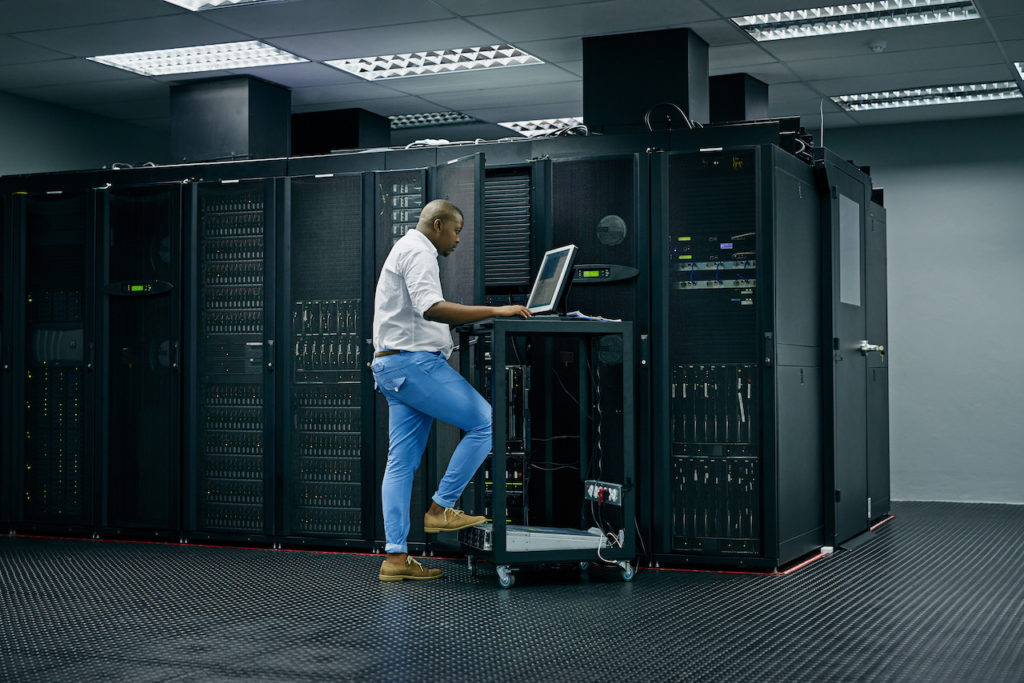Supply chain attacks are a type of cyberattack that targets an organization’s information technology (IT) infrastructure by attacking the vendors or suppliers within its supply chain. These attacks can be used to deploy malicious code, steal confidential data, conduct espionage, and more.
The attackers gain access to the system by exploiting weaknesses in the supply chain’s software and hardware components, as well as any third-party services that are used.
6 Things to Know About Supply Chain Attacks
- They are on the rise – The number of supply chain attacks has grown steadily over the past few years, with more than 200 incidents documented in 2018 and 2019 alone.
- They can be difficult to detect – Supply chain attacks are often hard to spot because the attacker typically takes advantage of existing vulnerabilities in the supply chain’s software and hardware components.
- They require an understanding of the supply chain – To launch a successful attack, attackers must have a good understanding of both the organization’s supply chain and its IT infrastructure.
- They can cause serious damage – Supply chain attacks can have far-reaching implications for the organizations they target, including disruptions in operations, data loss and theft, and reputational damage.
- They require advanced security measures – Organizations must be prepared to defend against supply chain attacks by implementing advanced security measures such as multi-factor authentication and regular vulnerability scans.
- They require a proactive approach – Organizations should take a proactive approach to supply chain security by regularly assessing their vendors and suppliers for any potential vulnerabilities or risks.
By understanding the risks associated with supply chain attacks and taking the necessary steps to protect their IT infrastructure, organizations can reduce the chances of becoming a victim of these malicious attacks.
This means implementing strong cyber security measures, such as encryption, firewalls, and intrusion detection systems; developing secure coding practices; ensuring that all software is kept up to date; and regularly monitoring the organization’s systems for any signs of malicious activity. By doing so, organizations can ensure that their data remains safe and secure from potential attackers.



